Toyota’s artificial intelligence research company, Toyota Research Institute (TRI), has unveiled a new research vehicle for automated driving ahead of the Consumer Electronics Show (CES) in Las Vegas next week. Based on the previous-generation Lexus LS 600hL, Platform 3.0 features increased technological capabilities integrated into a more harmonised design.
The car has been developed with a more defined sensor configuration and a level of performance that increases its understanding of its surroundings. The Luminar LIDAR system with a 200-metre range, previously equipped only at the front, now covers the entire 360-degree perimeter around the car thanks to four high-definition LIDAR scanning heads. These provide precise object detection, even in the dark.
Meanwhile, shorter-range LIDAR sensors are fitted on the front and rear bumpers as well as the front fenders, detecting low-level and smaller objects near the car such as children and debris in the road. The institute claims that this sensor package makes the car one of the most perceptive automated driving test cars on the road, and that the new platform can incorporate new technologies as they become available.
All these technologies have been housed in a more streamlined package, which TRI says is better integrated into the LS’ design. The company engaged Calty Design Research and Toyota Motor North America (TMNA) engineers to conceal the more compact sensors and cameras, with a new weather- and temperature-resistant roof panel that uses the available space in the sunroof compartment to minimise the overall height.
Designed to mimic an off-road motorcycle helmet, the roof panel has a sharp front surface that becomes more fluid and aerodynamic towards the rear, with chrome trim along the sides where it meets the roofline. The assembly eliminates the bolt-on look of automated driving equipment as well as the “spinning bucket” LIDAR sensors that typify autonomous test vehicles until now.
Also neatened up is the vehicle’s computational architecture for operating automated driving functions, which previously used up nearly all the boot space in previous iterations. The electronics infrastructure and wiring has now been consolidated and housed within a small box, featuring an LED-lit TRI logo.
Small-scale production of Platform 3.0 test vehicles will kick off in the spring at the Prototype Development Centre at TMNA’s research and development headquarters in York Township, Michigan, using stock LS models. The low volume will allow continued flexibility, given that TRI went through two test vehicle generations in less than a year, and more rapid developments are expected.
Two test vehicle types will be built, with one using the dual-cockpit control layout introduced last summer. This design will be used for testing TRI’s Guardian approach, which alternates between manual and automated driving while maintaining a safety driver as a backup. The car seen here has a single cockpit that will be used to test the Chaffeur fully-autonomous driving function.
Looking to sell your car? Sell it with Carro.

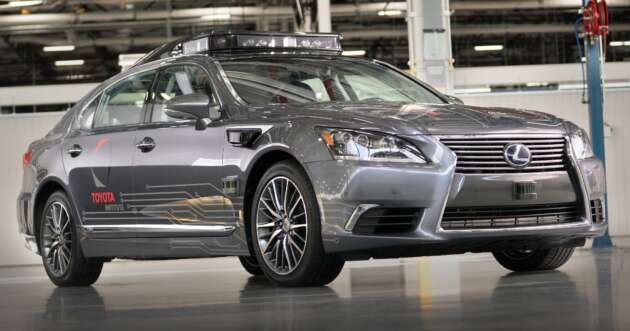
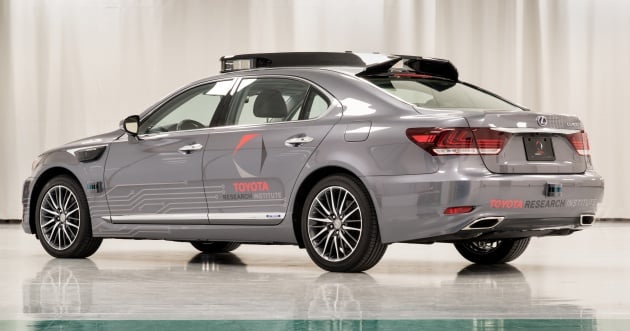




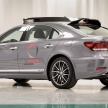
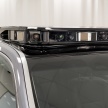
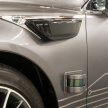
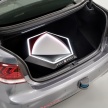


















Wah…… Very high tech……
What is that on the roof? Rubbish ?